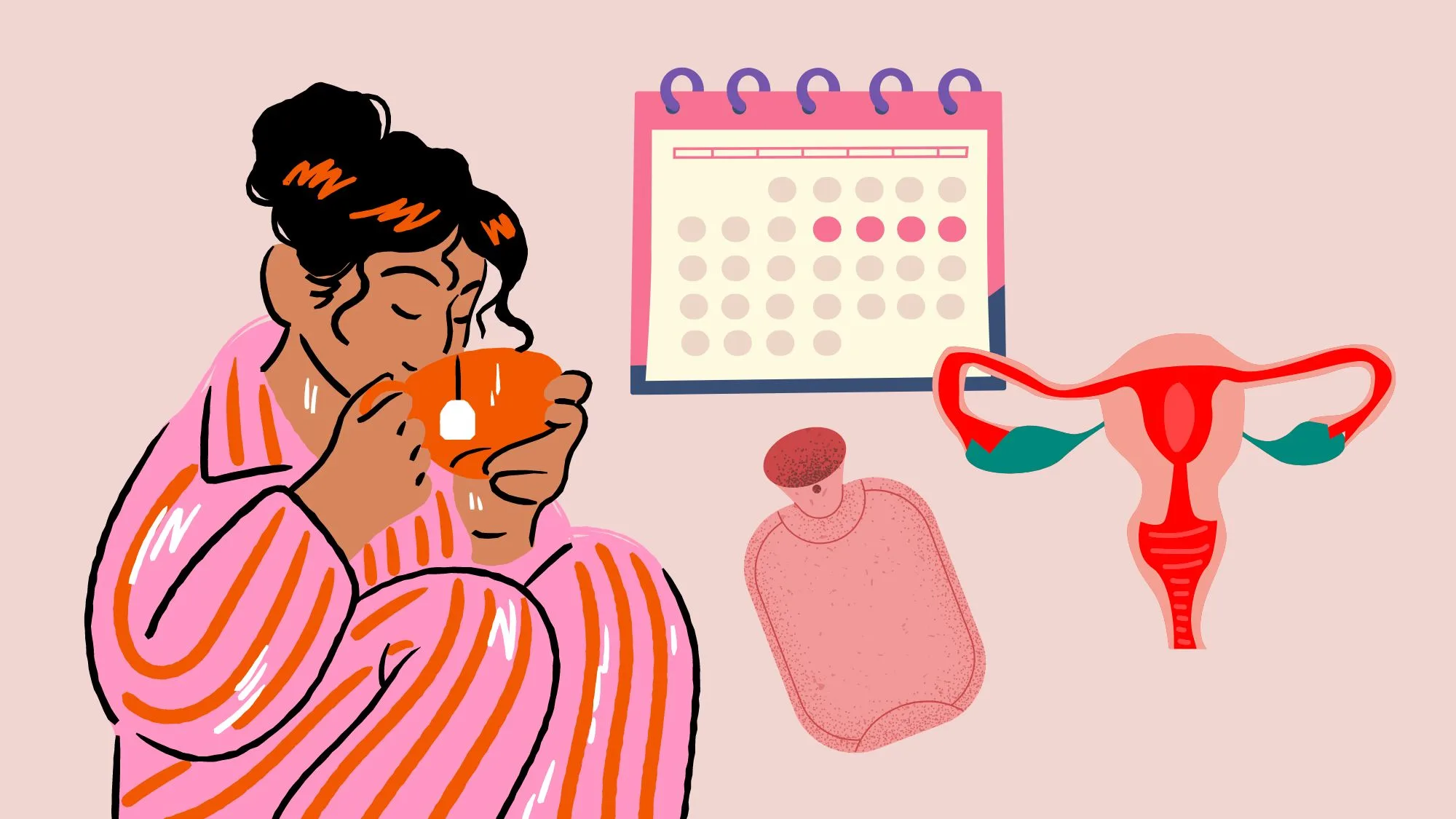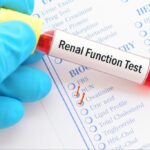A hysterectomy is a surgical procedure in which the uterus is removed. Many women undergo this operation to treat uterine fibroids. After a hysterectomy, periods should stop altogether because the uterus, which sheds its lining during menstruation, is no longer there.
So, it can be surprising and even alarming when a woman experiences period-like symptoms such as cramping, spotting, or pelvic pain years after having a hysterectomy. But while it’s rare and unusual, there are some medical reasons why this can happen.
- Ovaries Still Functioning
In many hysterectomies, only the uterus is removed, while the ovaries are left in place. This is often done to preserve natural hormone production, especially in younger women. Even without a uterus, the ovaries release estrogen and progesterone, which can cause monthly hormonal changes similar to a menstrual cycle. A woman might still experience:
- Breast tenderness
- Mood swings
- Lower abdominal cramping
These are not true periods but hormonal changes that mimic premenstrual symptoms. If the ovaries are still active, such symptoms can continue until menopause.
- Cervix Was Not Removed
In a partial hysterectomy, the uterus is removed, but the cervix is left in place. In rare cases, a small portion of the endometrial lining may remain attached to the cervix. If this tissue is still responsive to hormones, it could cause light bleeding or spotting. This bleeding can appear years later, especially if the tissue becomes active again due to hormonal changes.
- Endometriosis
Endometriosis is a condition where tissue similar to the lining of the uterus grows outside the uterus on the ovaries, bowel, or other organs. Even after a hysterectomy, especially if the ovaries were kept, these endometrial implants can continue to respond to hormones and cause menstruation-like symptoms.
- Vaginal Cuff Bleeding
After a complete hysterectomy, the top of the vagina is sewn shut where the cervix used to be. This is called the vaginal cuff. This bleeding is usually light but can be mistaken for a period. In rare cases, the area may bleed due to:
- Infection
- Tissue thinning (especially after menopause)
- Minor trauma, like from sexual activity
- Ovarian Cysts
Hormonal activity from the ovaries can sometimes cause ovarian cysts, which are fluid-filled sacs. These cysts may lead to pelvic discomfort or spotting. Though not periods, the symptoms can feel similar.
- Other Health Conditions
It’s important not to assume that all post-hysterectomy bleeding or pain is harmless. Other potential causes include:
- Vaginal or cervical stump polyps
- Infections
- Hormonal imbalances
- Cancer of the vagina or ovaries
Experiencing period-like symptoms years after a hysterectomy is rare, but it can be confusing. Any unexpected bleeding or pain, especially if it starts years after a hysterectomy, should be checked by a healthcare provider. A simple pelvic exam, imaging tests like an ultrasound, or blood tests may help find the cause and avoid any serious matter.




